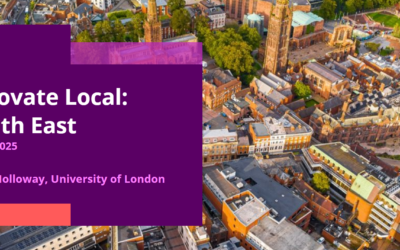New research, published today by The Centre for Cities, examines the geography of innovation clusters, taking an alternative approach to sector-based cluster analysis
Drawing lessons from research into agglomeration and ‘knowledge spillover’ effects, this new report, published on 12th September, 2023, examines the geography of the clustering of innovative ‘new economy’ firms in the UK. Putting emphasis on the importance of proximity and place, the report identifies ‘hotspots’ of promising cutting-edge activity across the country and draws out the policy implications for local and national government.
Key findings
- There are 344 hotspots across the UK. 115 are in London, and 105 are found across the rest of the Greater South East. Although they are found in every region, most of the remaining hotspots are in the North West, West Midlands, and South West of England.
- Hotspots are economically important. Together, clustered new economy businesses are worth around 1 per cent of national output and 200,000 jobs, despite accounting for 0.6 per cent of businesses and 0.1 per cent of land.
- Nearly 90 per cent of clustered new economy firms are in urban areas. The largest hotspots are in city centres, with central London alone containing nearly 40 per cent of all the clustered new economy firms in the country. All major cities outside London have new economy hotspots but some big cities such as Birmingham, Glasgow, Manchester and Sheffield are falling short of their potential.
- Hotspots are almost always a melting pot of different sectors rather than centring on one industry. This suggests that place, and the benefits that places offer to businesses, are more useful lens for policy than sectors alone.
- Universities have limited positive impact on the size of the new economy in their areas, but they do play a role in organising innovative companies into hotspots in their vicinities. These effects decrease significantly with distance, and leading research-intensive institutions have a larger impact than other universities.
- Large, high-technology employers similarly organise new economy firms into hotspots and appear to perform this anchoring role more effectively than universities.
The report makes a number of recommendations in relating to policy on place and clusters. Read the report click here


